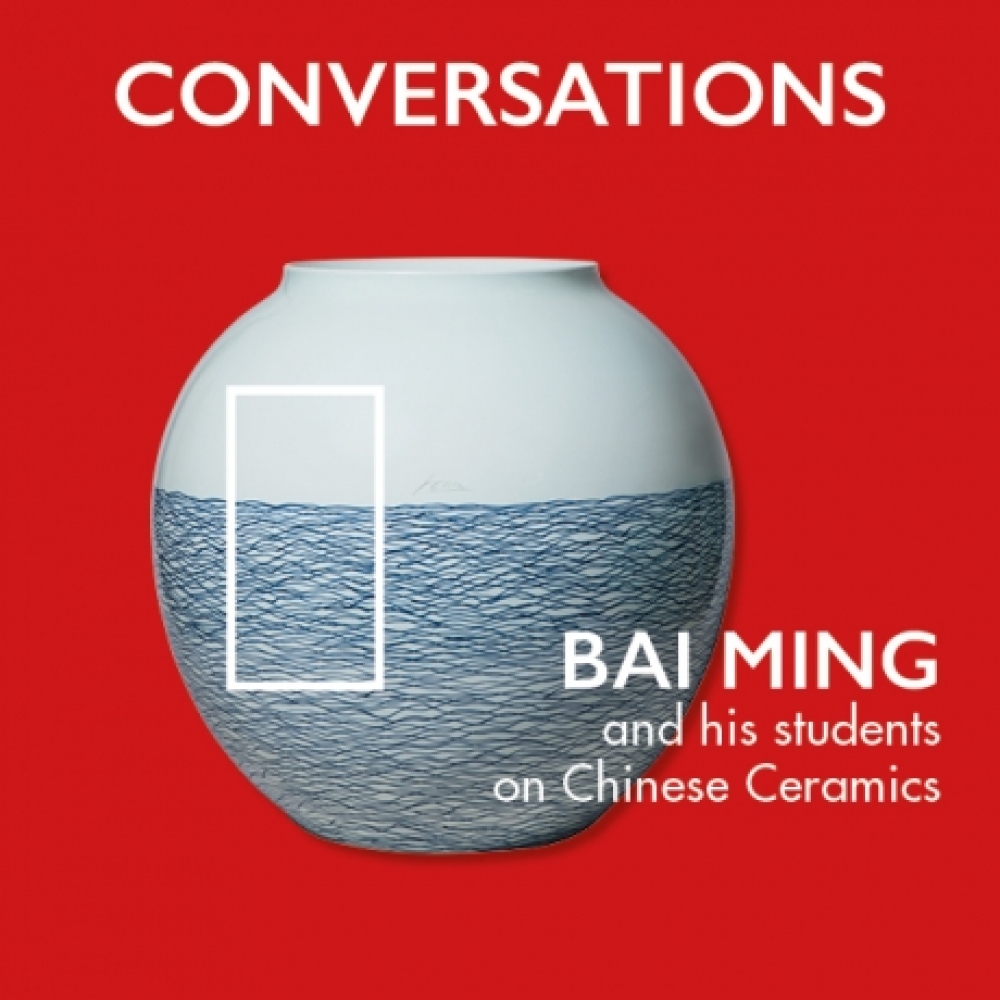Conversations. Bai Ming and his students on Chinese Ceramics
Opening: Saturday 22nd September at 5.30pm
China is once again the topic of conversation at the Fondazione Querini Stampalia thanks to the exhibition Conversations: Bai Ming and His Students on Chinese Ceramics, open to the public from 23 September to 22 November 2018. The exhibition is supported by the Fondazione Querini Stampalia and the Academy of Arts & Design, Tsinghua University.
“Once again we have an international artist who transforms traditional elements into contemporary creativity, with ceramics given the task of representing a world suspended between ages and continents, between the distant Cathay and Venice,” underlines Elisabetta Dal Carlo, the project curator.
The link between the East and ceramic production goes back centuries: the first forms date back to the Neolithic Age. The connection that these products have with Venice is also centuries-old. It was the Venetian explorer Marco Polo, who provided details of it in his thirteenth-century Il Milione, and perhaps was the first in Europe to do so. Tradition has it that he was the first to bring Chinese porcelain to Venice: a small white vase from around the tenth century with a delicate decoration of leaves and flowering shoots, housed in the St Mark’s Treasury. Since then ceramics and porcelain in China continued to develop, over time earning the dignified position of artistic production on a par with painting and sculpture. Today Chinese artists contend with a millennium-old tradition of this art and the desire to express new contents and forms.
Bai Ming is one of the most renowned representatives of contemporary Chinese ceramic art, and is famous both in the USA and in France for his unique, pure forms in colours that are at once both delicate and brilliant. Bai Ming states: “The aesthetic spirit of popular Chinese tradition is present in all my art, not only in its influence on the artistic form, but also in the materials and in that meticulousness which suggests a deep understanding of nature and the divine sphere. I aspire to preserving in my works all the information linked to the Chinese tradition: we should not try to look for modernity in modern times.” In his work it is possible to trace the dual suggestion of Chinese landscapes in which Bai Ming grew up and in tradition: from ink painting to “Impressionist” references to Neolithic ceramics. It is important for the artist to preserve this link with time: the materials are freed to better unleash their potential and their beauty. Each object is an act of “visual and spiritual rebirth in which the porcelain originates from a patient dialogue between fire and clay in order to create a fragile but eternal vase”.
In Conversations Bai Ming’s works, which have never been exhibited in Italy, ‘converse’ with those of some students from the Department of Ceramic Art in the Academy of Arts and Design of the prestigious Tsinghua University, which he directs and where he teaches. It is a challenge and a comparison taken up by Jin Zhenhua, Xu Runhui, Zhu Guodong, Wang Guodong, Sun Yue, Cui Jiuxiao, Han Xiangdong, Go Hyerim, Wei Yunnong, Liu Peiyang, Sun Jialing, and Yu Mengtong.
The exhibition also includes a small section dedicated to some of the eighteenth-century Chinese porcelain belonging to the Querini Stampalia collection. Cups, plates and vases with multicoloured decorations depict the taste of an epoch and the passion for the exotic, the East – in other words the ‘Chinamania’ that exploded in the West in the eighteenth century.
We Exhibit is responsible for the exhibition planning and installation, as well as the graphic design of the catalogue.

